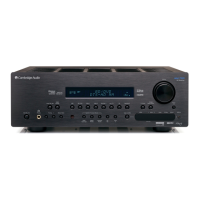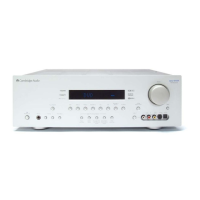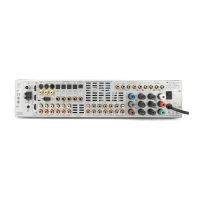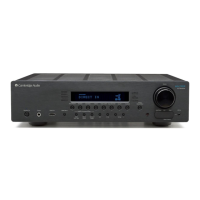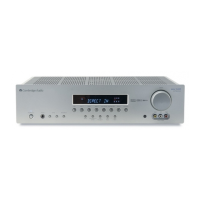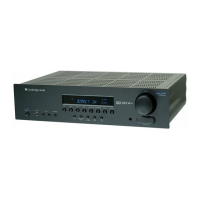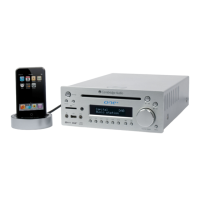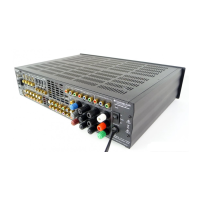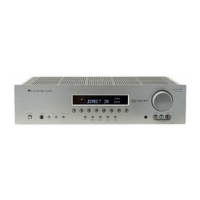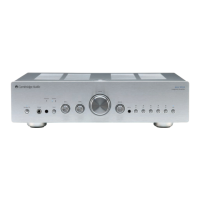What to do if there is no sound from any speakers connected to Cambridge Audio azur 751R Receiver?
- CChristopher PriceSep 10, 2025
If you're not getting any sound from any speakers, the Cambridge Audio Receiver might be set for 'Pre-out' operation. Change the Preamp out setting from 'Pre-out' to 'Normal' to restore sound.
